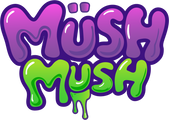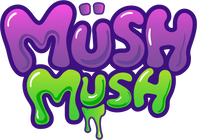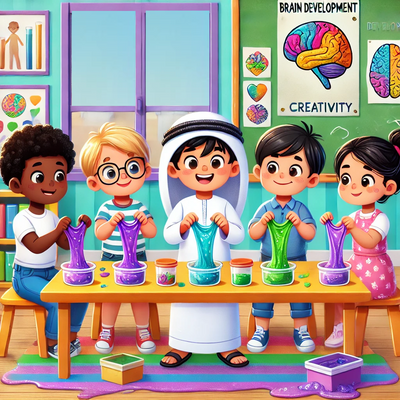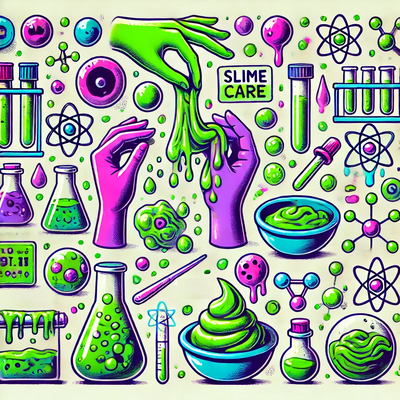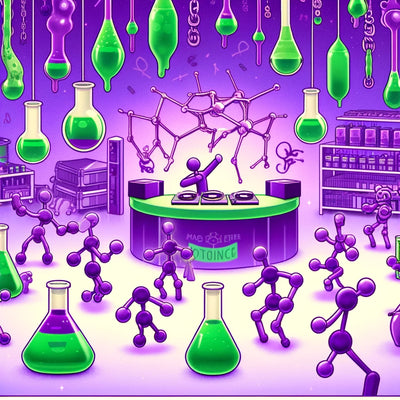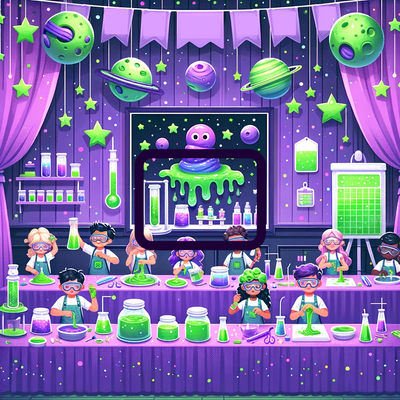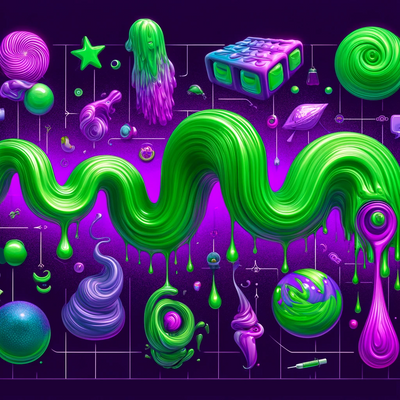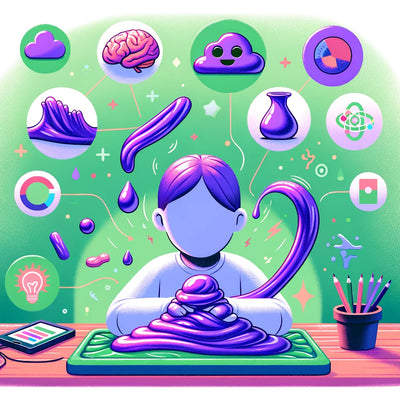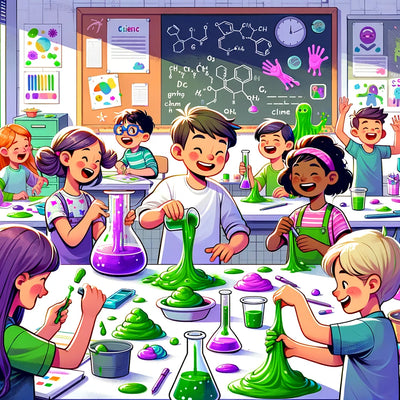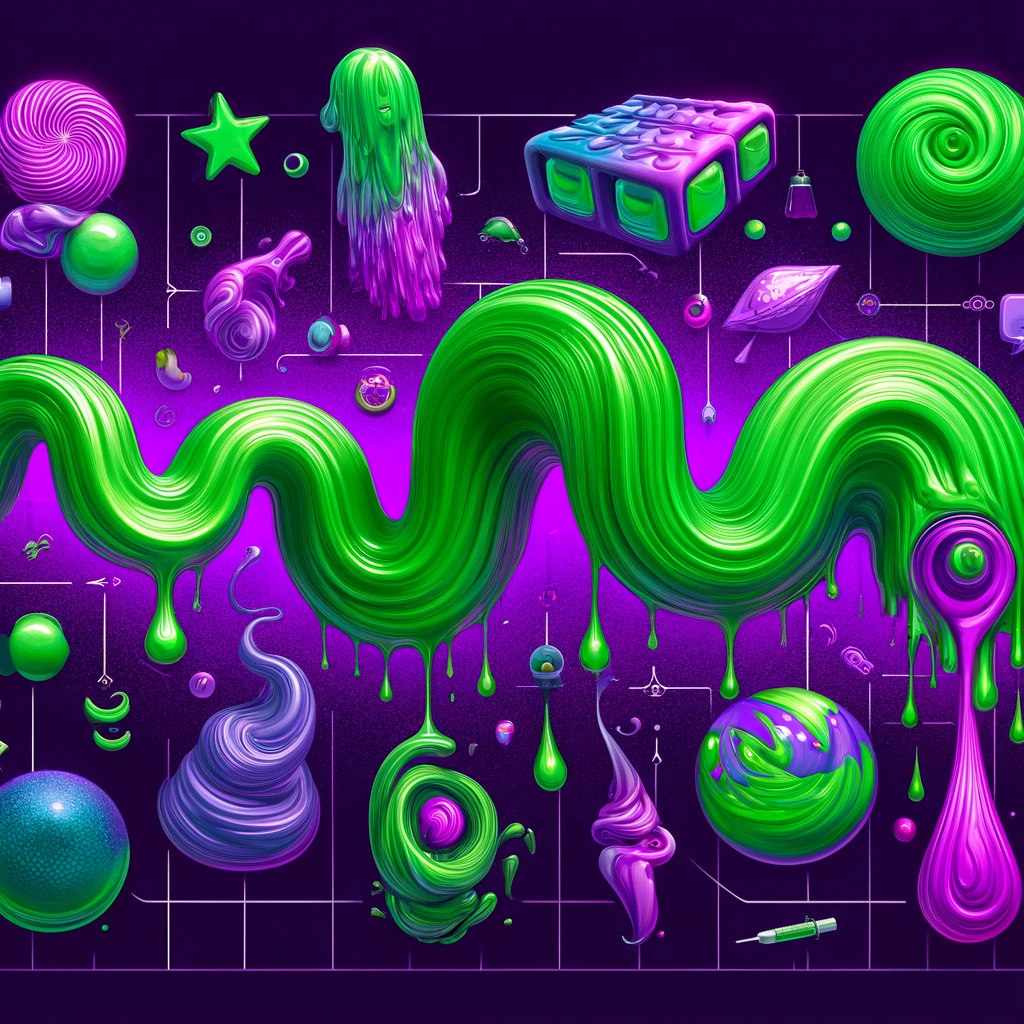
Picture this: it's the 1970s, disco is booming, and somewhere in the toy labs of Mattel, the first commercial slime is about to make a splash.
The story of slime starts in 1976. Mattel, a big name in the toy industry, wanted to create something totally new, something that kids could squish, stretch, and squelch to their heart's content. Enter the first "Slime," packaged in a little green trash can. It wasn't just any toy—it was a gooey, green sensation made from guar gum and a bit of coloring. This original slime was simple but revolutionary, and it was all about the tactile experience of playing with something that wasn't quite a liquid and wasn't quite a solid.
As the years passed by, slime started to evolve. In the '80s and '90s, variations began to appear. There were slimes that glowed in the dark, slimes with rubber insects hidden inside, and even slimes that changed color with temperature. Each new version was like a new hit song, changing up the beat and style but keeping that same funky, goopy essence.
Then came the DIY slime movement in the 2010s, fueled by social media platforms like Instagram and YouTube. Kids and adults alike started mixing up their own slime recipes at home. The ingredients list expanded to include things like shaving cream, foam beads, and glitter—lots of glitter. This era was like the remix of an old classic song, adding new beats and twists to the original track.
Now, slime isn't just a toy; it's a crafting phenomenon and a sensory relaxation tool. It's used for stress relief, educational play, and even artistic expression. From a simple green goo in a trash can to a worldwide DIY craze, slime has oozed its way through history, always adapting and staying endlessly fun.
So there you have it—the gooey journey of slime from a funky '70s experiment to today's DIY superstar. It's a tale of innovation, creativity, and the universal joy of getting your hands mush mush!
